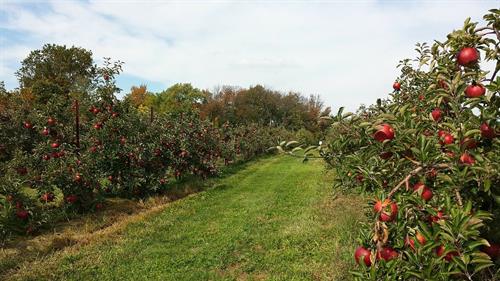PDF chapter test TRY NOW
Introduction:
Nature is an unlimited gift that produces a variety of useful products which are obtained from plants and animals. As the economic uses of plants vary, the scope of improvement and their cultivation is extensive.
Floriculture and horticulture have gained a prominent public attraction. In recent times more emphasis is given to the progress of economic aspects of zoology such as aquaculture (culture of fish, prawn, crabs, pearl and edible oysters), vermiculture, apiculture and dairy farming.

Horticulture
These aspects of zoology had more importance than animal-based farming due to their economic and commercial values. Hence, animal farming has become agro-based entrepreneurship beneficial to rural farmers.
Horticulture:
What is horticulture?
The branch of agriculture, which deals with the cultivation of fruits, vegetables, and ornamental plants, is known as horticulture.
The term horticulture is derived from the Latin words 'hortus' that refers to garden, and 'colere' that means to cultivate. Horticulture is a scientific art of growing plants with improved growth, quality, yield, resistance to diseases, insects, stress etc. Horticulture comprises four main classes they are as follows:
- Pomology (fruit farming)
- Olericulture (vegetable farming)
- Floriculture (flower farming)
- Landscape gardening
1. Pomology or fruit farming:
The word pomology is derived from the Latin words 'pomum' which means fruit, and 'logy' which means study. It is a type of horticulture that deals with the development, enhancement of fruit quality, cultivation techniques, regulation of production periods and reduction of production cost of fruits.

Fruit farming
